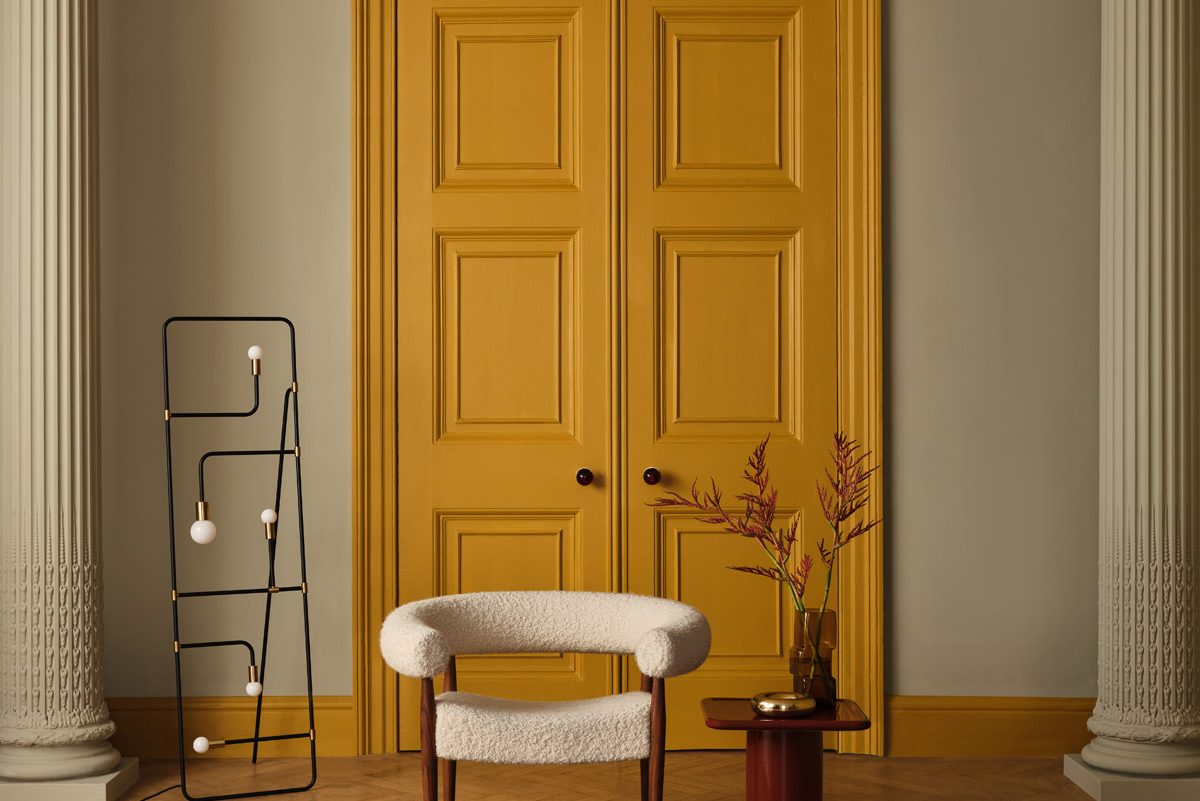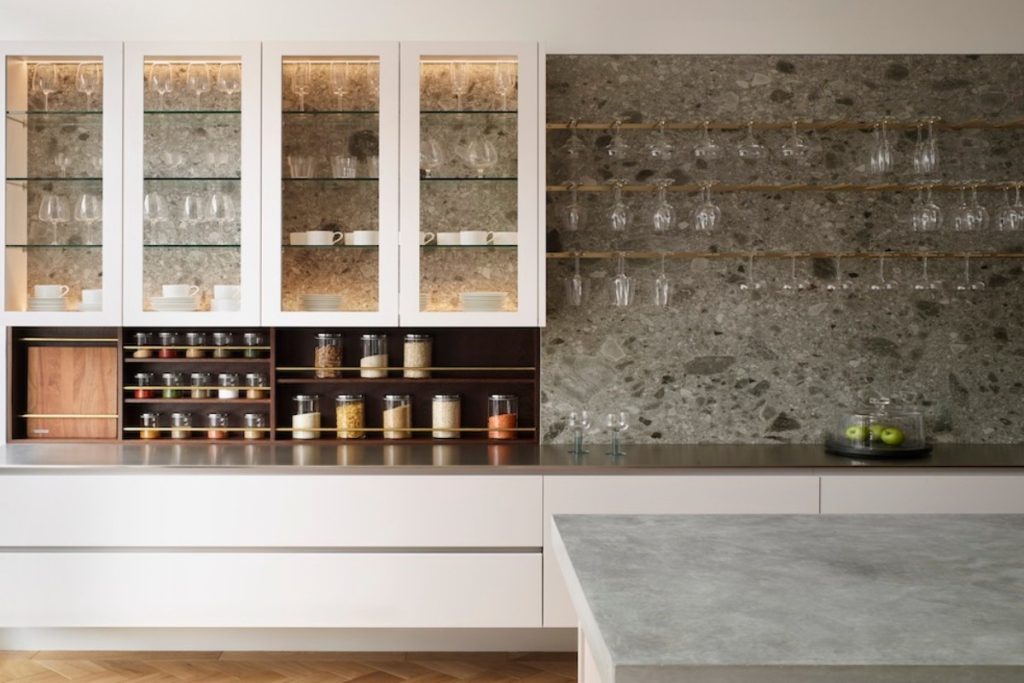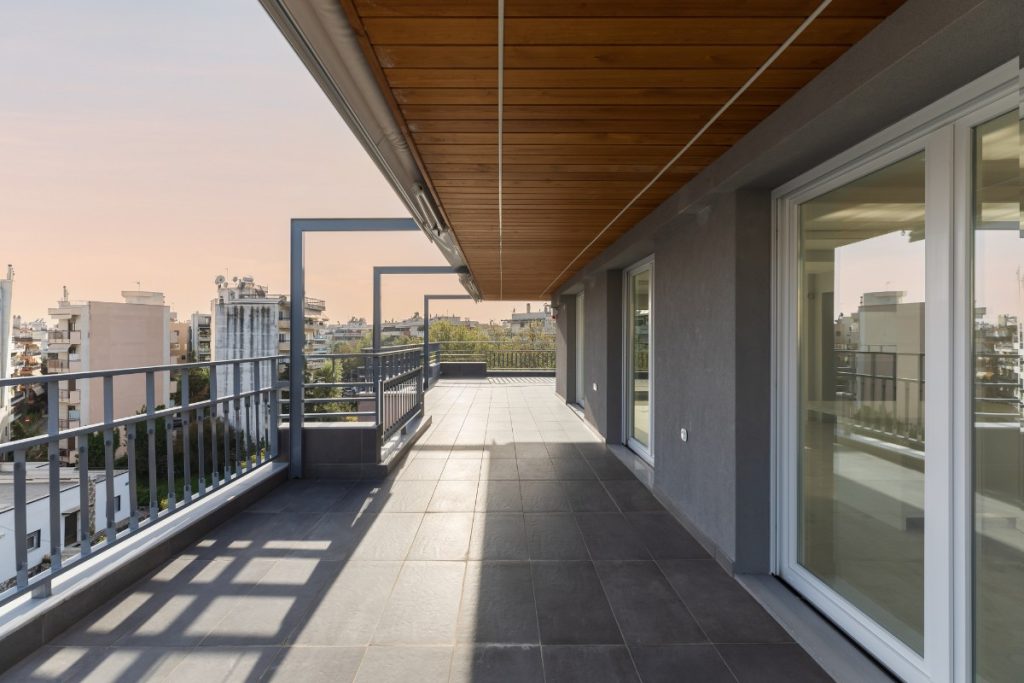 25th March 2022 | IN DESIGN ADVICE | BY SBID
25th March 2022 | IN DESIGN ADVICE | BY SBIDThe team at Graphenstone encourage designers to re-consider the process by which you specify paint for your projects. It’s more important than ever to consider both the environment and human health when it comes to making responsible design decisions for clients and end-users. So how can your decisions on paint make an impact?
Most paint brands focus your attention on one overriding priority – colour. No one doubts that this is a very important element to deliver on both design and mood. But let’s be honest, these days all the recognised brands have a fantastic range of colours, regardless of the fancy names and the marketing spiel.
In this time of overwhelming need for ecological change, we need to consider characteristics of the paint, well beyond just colour. We should seek information to evaluate:
- the materials used and how they were sourced
- the manufacturing processes and waste
- energy, water use and local social issues
- the toxicity impact where you apply the paint
- and the way the materials ‘die out’, at end of life
These crucial factors can no longer be ignored or simply brushed over!
180,000 tonnes of plastic micro-beads are reportedly washed into rivers and oceans from the paints industry annually, six times the volume of micro-plastics emitted by the cosmetics industry – where they’re already banned. A day of reckoning awaits the paints industry, and you can help lead the charge.
The microscopic pieces of plastic now pour down globally in ‘plastic rain’, seeping widely into agriculture and our precious food chain, and according to the journal ‘Environmental Intentional’, in late 2020, even into the foetuses of unborn babies.
Indoor Air Quality in areas where high VOC paints are applied can be highly detrimental to the health of inhabitants, as toxic chemicals off-gas into the space, for years after application. 30 tonnes of toxic waste according to the WHO is produced for every ton of paint manufactured. And the chemical blend cannot break down at end of life, turning into plastic dust and spreading far and wide. These are just a very few examples on the long list of egregious risks and damage from a paints industry, which continues largely unchecked.
Check out the report ‘The Hidden Costs of a Plastic Planet’ here from CIEL.
It’s time to change, ‘Beyond Colour’.
So, what is in your paint?
Usually, you won’t see any declaration of ingredients. Neither will you find any trusted alternative to the declared list, such as a recognised ‘harm-free’ product evaluation certification, from the likes of Cradle to Cradle Institute, or Eurofins. These all require a careful and detailed inspection of all the contents, conducted on behalf of the consumer as solid verification of an ecological, or genuinely sustainable claim. So, all the usual paint additives could still be present, from solvents, de-foamers, driers, preservatives, additives, heavy metals and other harmful chemicals.
With ‘estimates of nearly 55% of raw material used by paint companies being crude oil derivatives’, the impact ecologically on our planet and the damage caused is becoming more widely known and repudiated.
“Paints, lacquers, and varnishes are among the chemical everyday products that have a particularly distinct effect on environment and health (chemicals in conventional paints can include glycols, toluene, and xylene).
Acrylic paints typically include a range of biocides to protect the latex, which can include arsenic disulphide, phenol, copper. Just because a paint says it has low VOCs does not mean it does not give off hazardous vapours.” – Architectural Digest Australia/Daniel Wurm, Greenpainters.
Mineral based paint systems are all automatically water based, since they don’t require solvents, using water as the base.
So don’t be misled by the apparent innocence of the “Water Based” paints label. It can disguise a toxic mix of polluting oil and plastic based ingredients, both highly damaging in production and no less toxic at point of use!
About Graphenstone
Graphenstone is the brainchild of a chemical engineer Antonio León Jiménez who dedicated himself to the idea of developing a natural, ecological and health conscious coating for the 21st century. Since the production of their initial range of paints and coatings, they have continued to work diligently creating ever more healthy and sustainable coatings for all manner of buildings.
Want to feature your industry expertise? Explore our membership options here or subscribe for updates in our newsletter.



